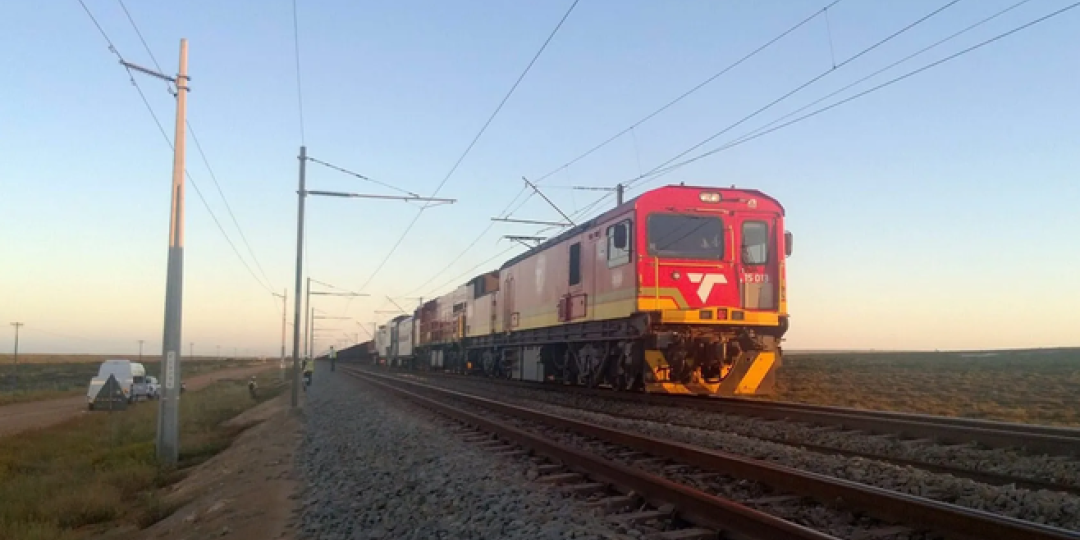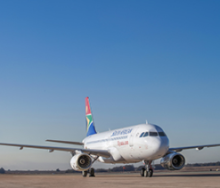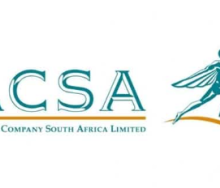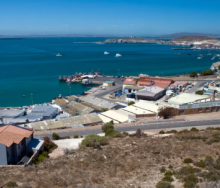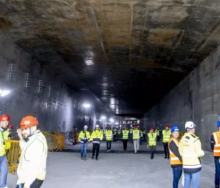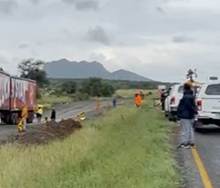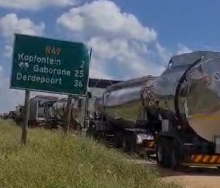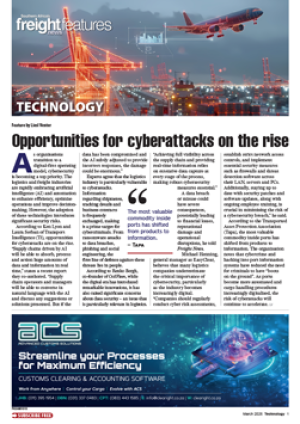Eleven percent of the country’s export mining freight that should be transported by rail is currently ferried by truck.
This is in addition to 27% of domestic mining, 28,4% of intermediate manufacturing goods and almost 30% of finished palletised goods, according to research by Dr Zane Simpson, a director of GAIN Group, senior lecturer at Stellenbosch University and former student of Prof. Jan Havenga, emeritus professor in logistics at Stellenbosch University.
Havenga shared Simpson’s findings at a meeting of Exporters Western Cape, that showed how the overreliance on road freight at the expense of rail resulted in the loss of 7.2% of the country’s potential iron ore exports, 16.4% of potential coal mining exports and 27.3% of other export mining volumes.
“One out of two trucks that you see on a rural road with minerals on it should not be there, and it’s there because the railway has failed us,” he said. “And that translates into damaged roads.”
He said the failure of the rail freight system resulted in South Africa being unable to sell 1.25 million tonnes of coal when Russia invaded Ukraine in 2022 and the coal price shot up to R5 000 per tonne, resulting in coal worth R125 billion remaining unsold.
In addition, he said, the high proportion of intermediate manufacturing and palletised goods transported by road instead of by rail resulted in severely congested freight corridors.
He said there was a limit to how much of the transport needs of deep rural areas could be met by rail, but if other freight types that belonged on rail were removed from roads, the economic potential of those areas could be unlocked.
In an ideal scenario, 69.6% of export mining freight should be transported by rail instead of the current 47.4%, while only 3.1% should remain on the road. Likewise, 59% of domestic mining should be ferried by rail instead of the current 32%.
Only 7.6% of intermediate manufacturing goods is carried by rail, whereas the total should be 36%.
And while 30.6% of finished palletised goods should ideally be on rail, only 0.7% is currently transported by rail.
For rural extraction and delivery, 10.8% of freight volumes should be ferried by rail and 89.2% should remain on the road, but only 1.4% of that freight is currently carried by rail.
Freight transported by road that should ideally be transported by rail also exacts a heavy toll in terms of carbon emissions. The rail-friendly/suitable freight on road was 20 billion tonne-kms in 2009 and has grown to 65 billion tonne-kms in 2023. In 2009, such freight accounted for an additional 1.3 million tonnes of carbon emissions generated, by having this freight on road instead of rail. By 2023 these carbon emissions numbered 4.4 million tonnes. This means 4.4 million tonnes of carbon in 2023 could have been avoided, if the same freight had the correct modal usage with the correct freight moved on rail.
The carbon overspend due to the overreliance on road freight accounts for 1% of South Africa’s total emissions, 7% of transport emissions and 17% of freight transport emissions.
